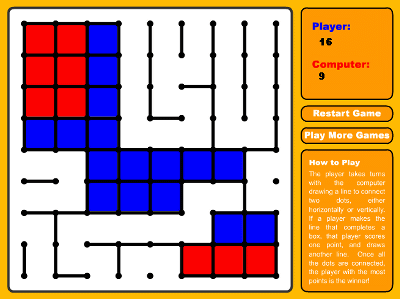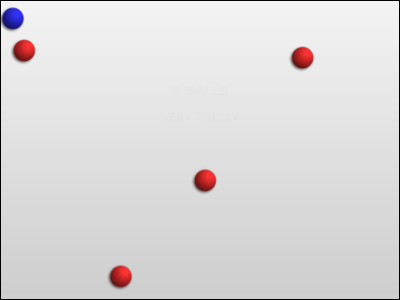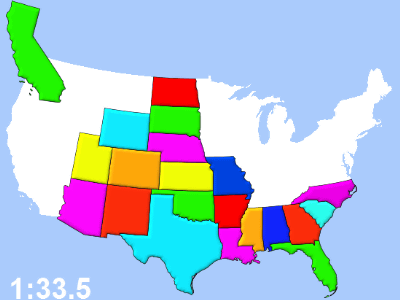Review of the free game 'Probabilistic Tic-Tac-Toe' that adds a dice element to tic-tac-toe

'Tic-Tac-Toe' is a simple game in which players alternate between placing circles and crosses in a 3x3 grid, and if they line up three of the same marks in a straight line, they win. However, if both players continue to play their best moves, the game will always end in a draw. A new version of this game, ' Probabilistic Tic-Tac-Toe,' which adds an element of luck by incorporating dice, has been released, so I decided to give it a try.
Probabilistic Tic-Tac-Toe | Cameron Sun
You can play Stochastic Tic-Tac-Toe right away by clicking the link above.
The rules are the same as regular tic-tac-toe, but in probabilistic tic-tac-toe, the dice are always rolled when each square is selected. The dice have three pictures on them: a smiling face, a serious face, and an angry face. If you roll a smiling face, your mark is written in the square, if you roll a serious face, nothing happens and your turn passes to your opponent, and if you roll an angry face, your opponent's mark is written in the square. The probability of each face appearing is written in each square.

The video below gives you an idea of what the game is like. There is no sound.
The first move is the player. This time, click on the bottom middle. This is because the probability of a smile appearing is relatively high at 70%, and it goes well with the top middle and bottom right, both of which have a 70% chance of appearing.

The dice were rolled and smiles appeared.

Since a smile appeared, my mark 'X' was written.

Next was the CPU's turn. They aimed for the bottom right hand, which has a 70% chance of smiling, but ended up drawing an angry face, which has a 20% chance of appearing.

The player's mark, 'X', has been written.

Click the bottom left to end the game. The probability of a smile appearing is 50%, which is lower than before, so it's unclear whether you will succeed.

Unfortunately, I showed a straight face, so nothing happened and the turn went to the CPU.

The CPU also chooses the bottom left to block the player.

However, an angry face appeared, an X was written, and the player was lucky to win.

Next, we move on to the second game. It's the CPU's turn. The CPU aimed for the smiling square with a 60% chance of success, but ended up drawing an angry square with a 35% chance of success.

The game started off in favor of the player right from the start.

When it was my turn I aimed for the middle left, but the other player kept a straight face.

The CPU who chose the top center will once again draw an angry face.
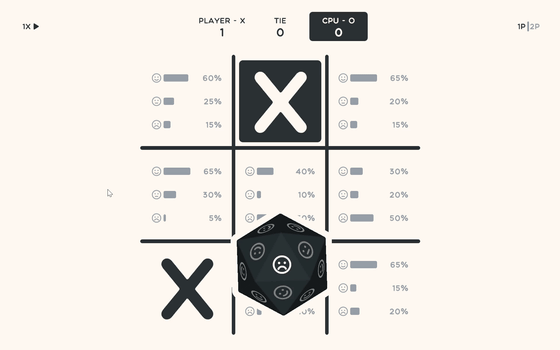
The player selects the top left. A smile appears and two reaches are created.

The CPU chooses the top right, and hits a 65% chance of winning, eliminating the one row that was in reach.
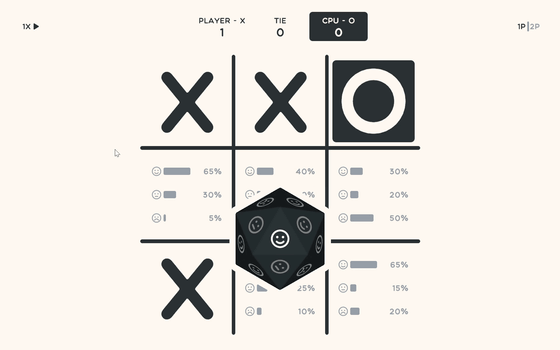
The player naturally chose the middle left card, drew the smiling face, and won.

By adding the element of luck, a simple game of tic-tac-toe becomes a little more interesting, and strategies emerge, such as how to choose a square with a high probability of a smiling face appearing, or how to get your opponent to choose a square with a high probability of an angry face appearing. In addition to CPU battles, you can play against two people locally by clicking '1P|2P' in the upper right corner of the screen.
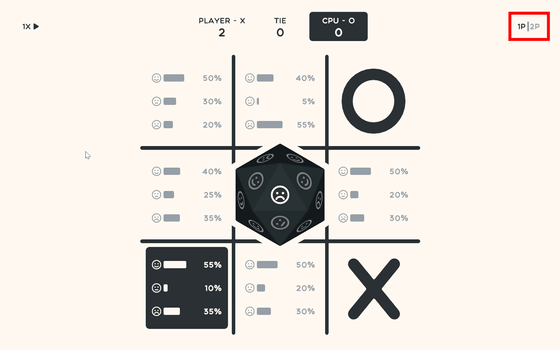
Related Posts:
in Video, Review, Game, Web Application, Posted by log1p_kr
